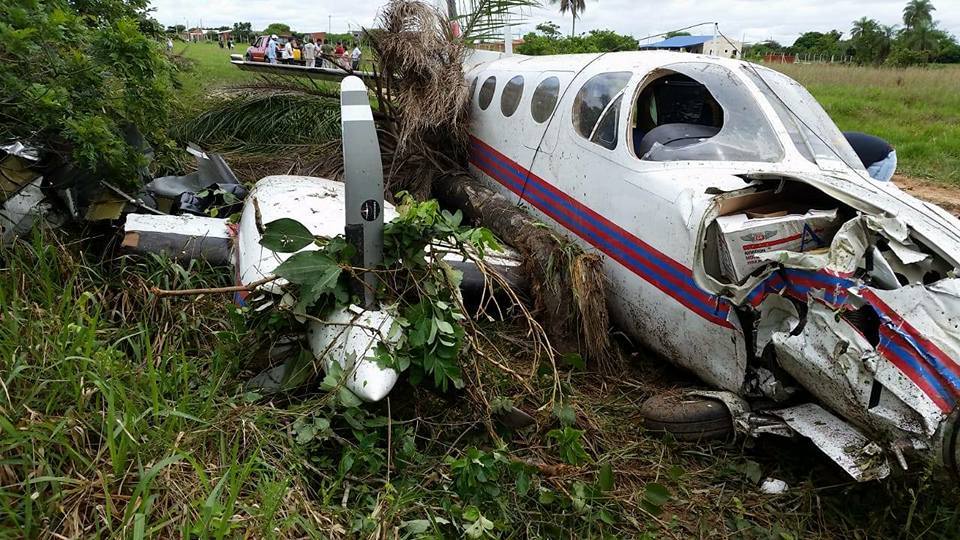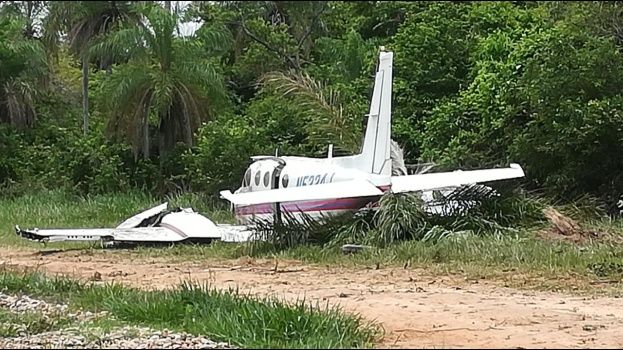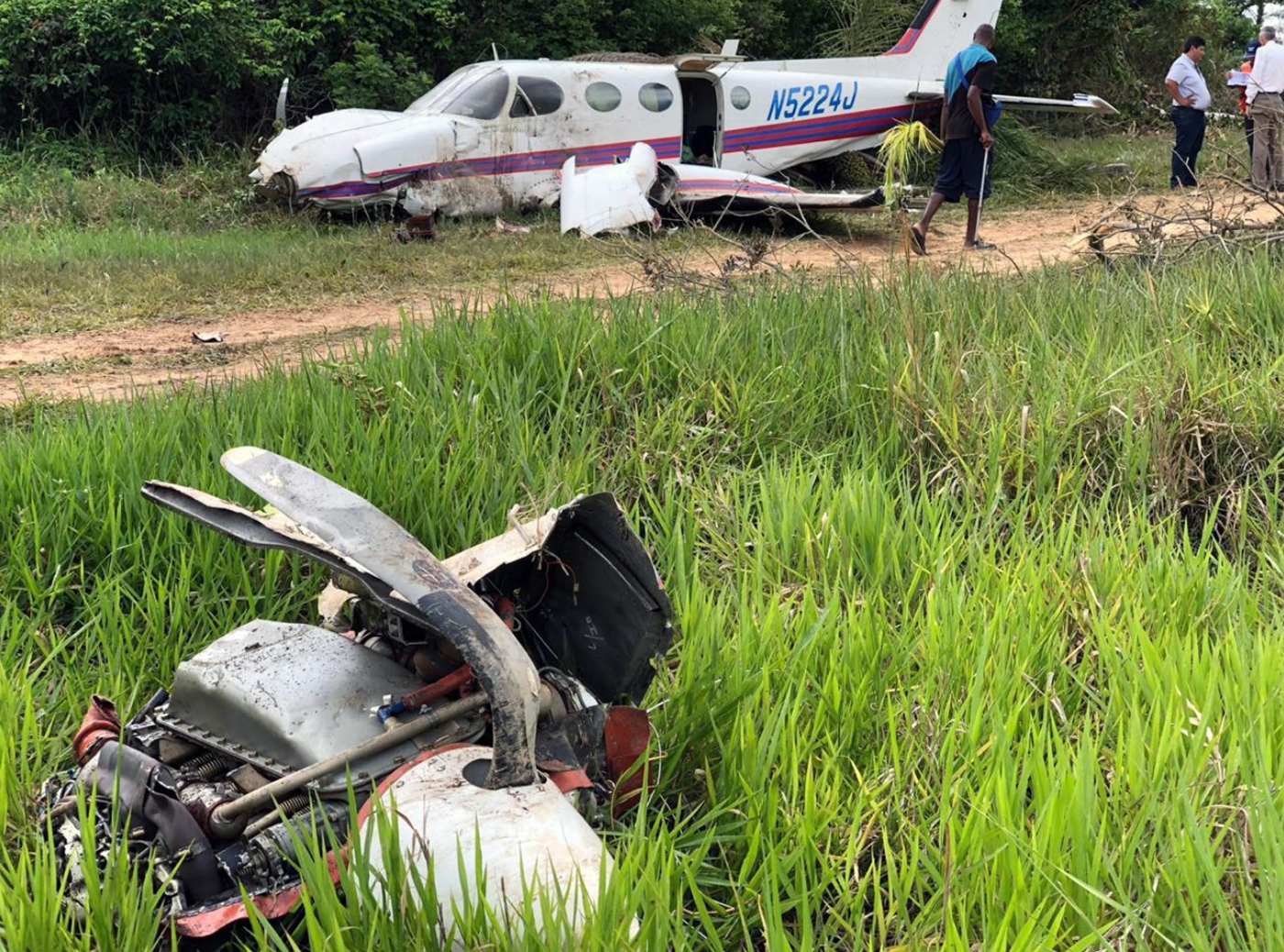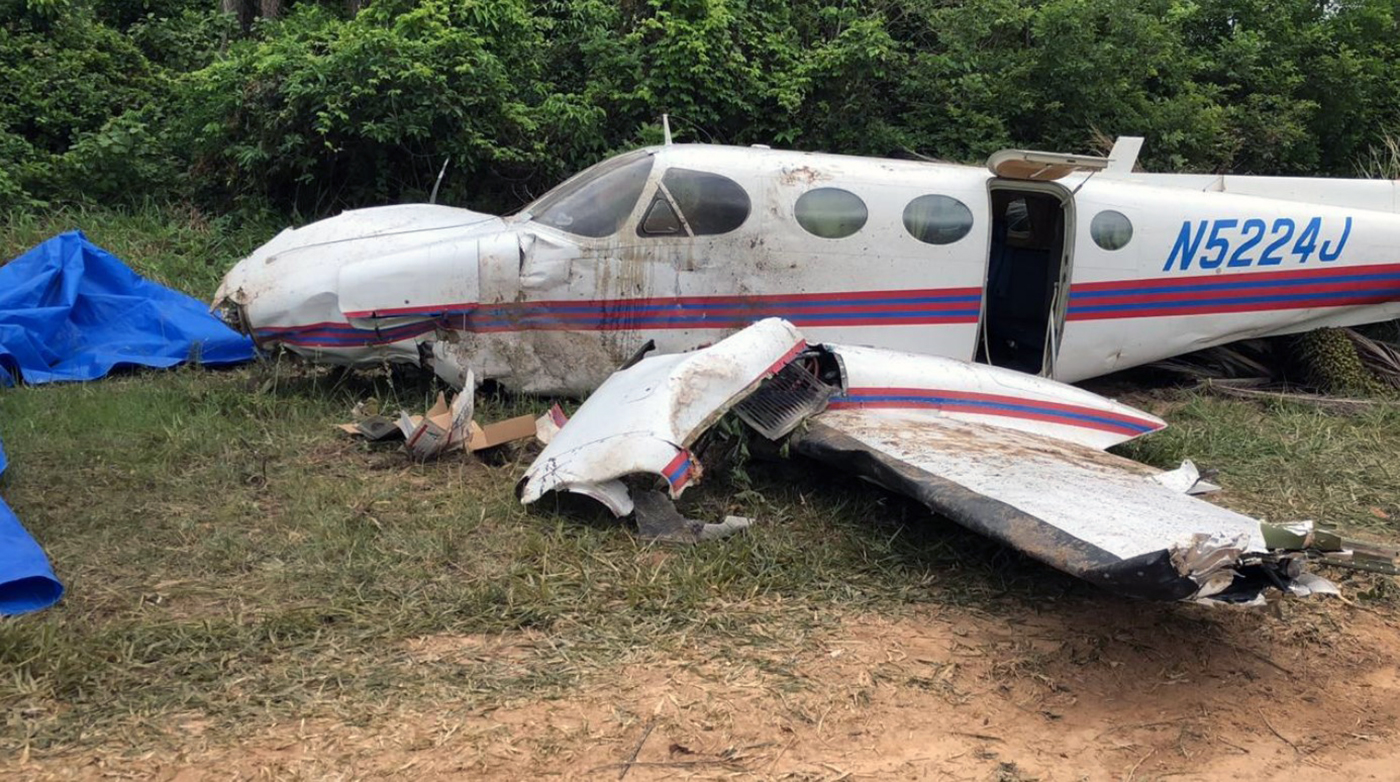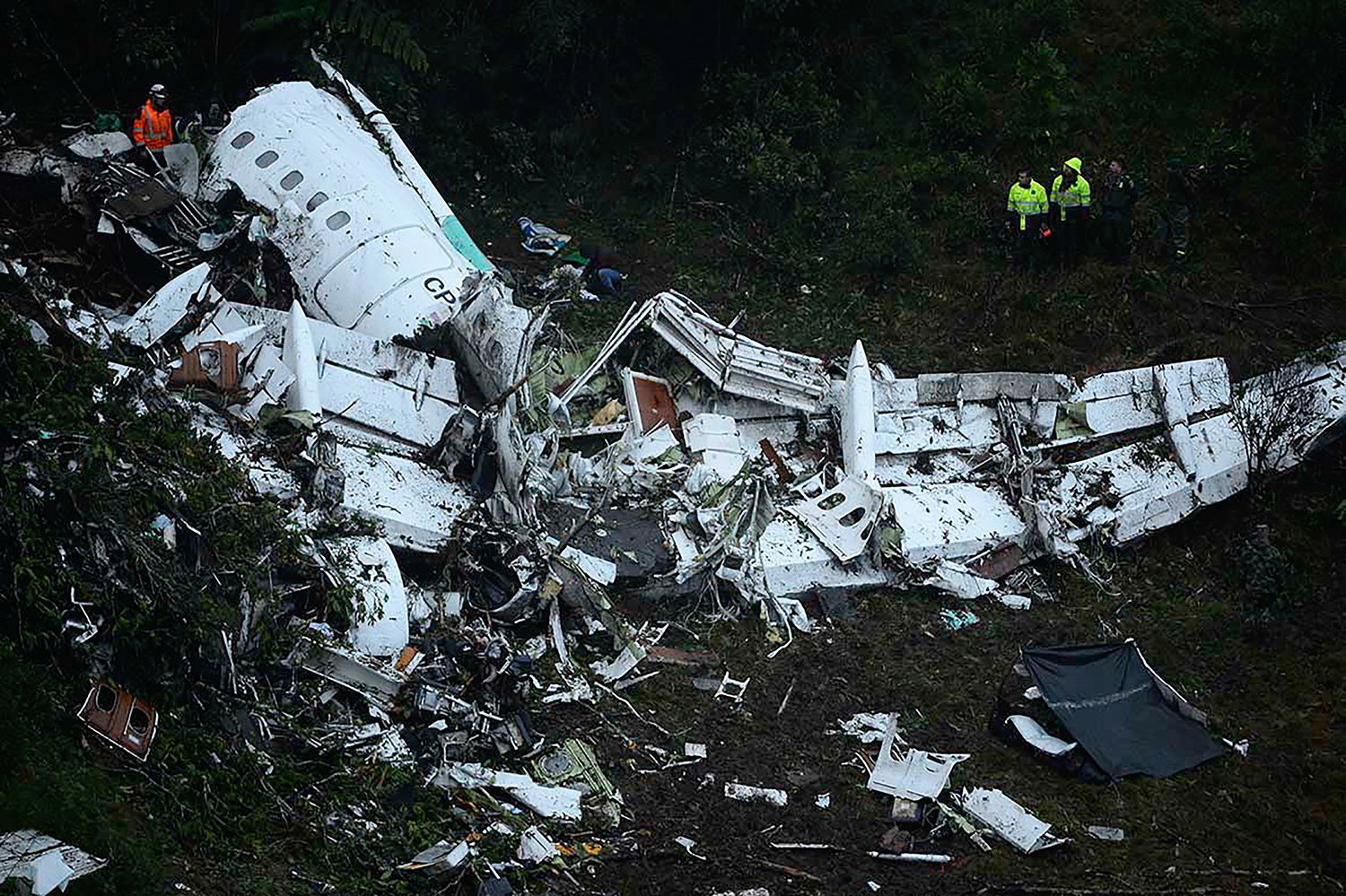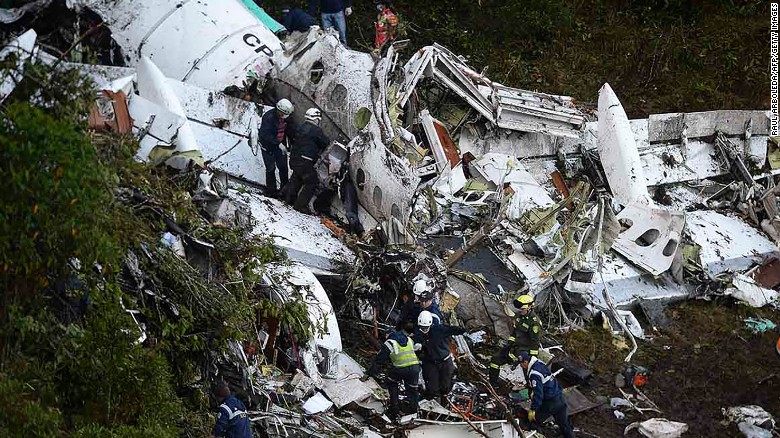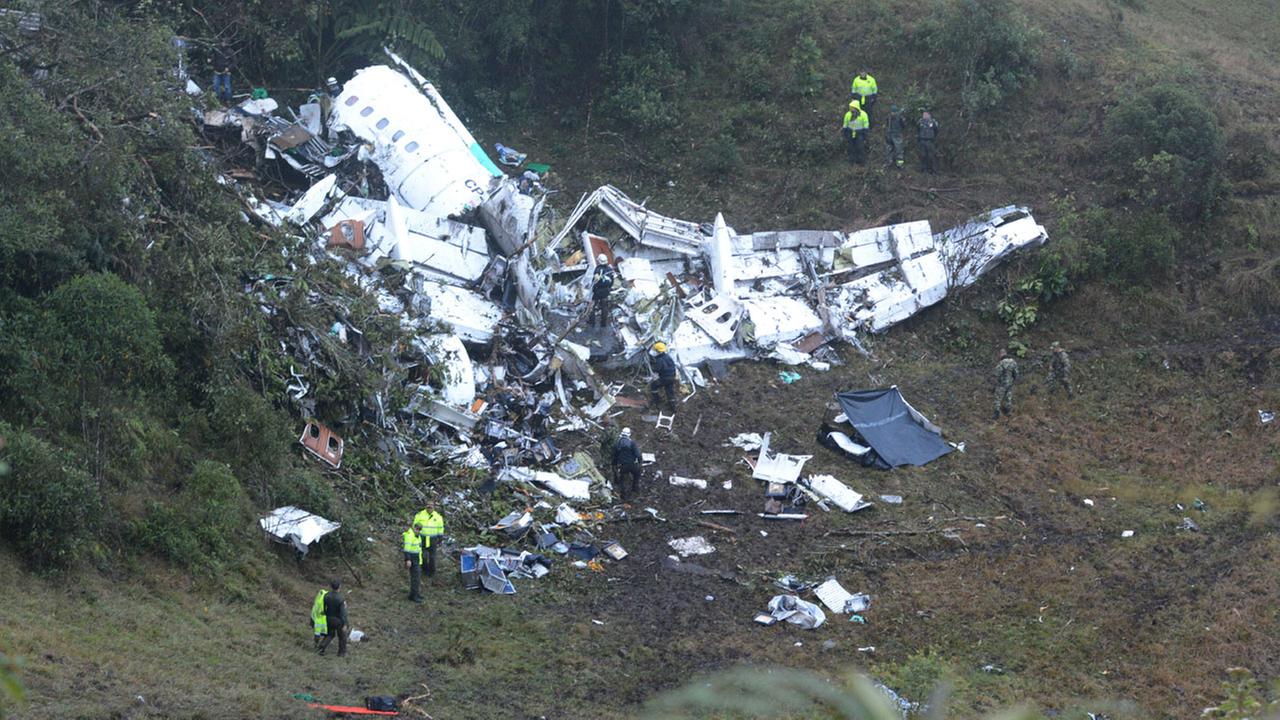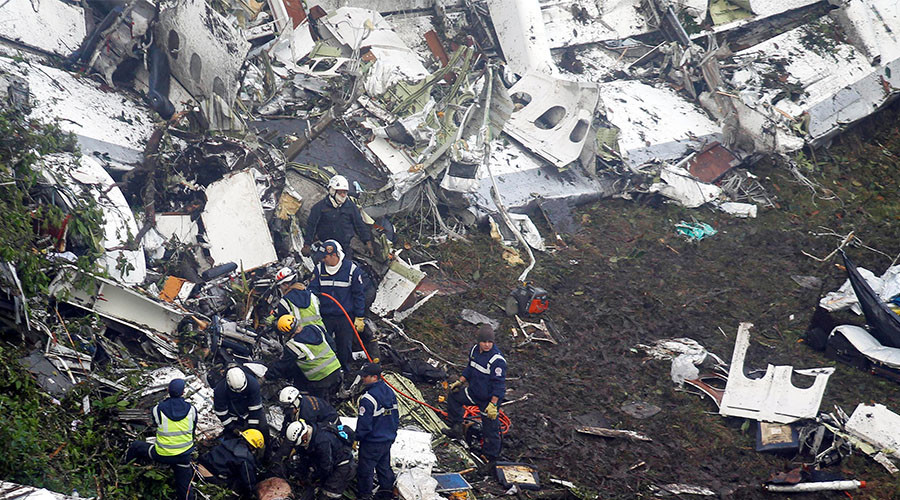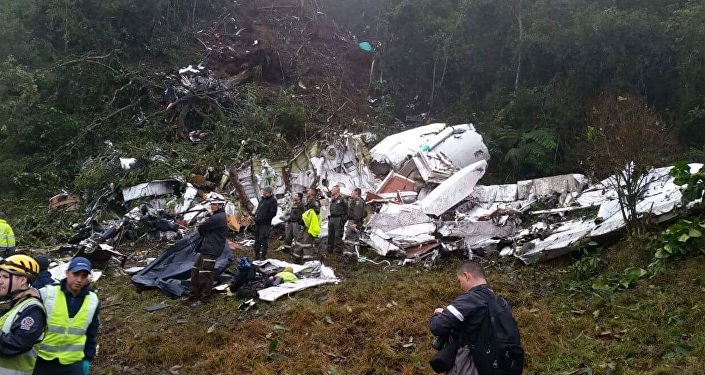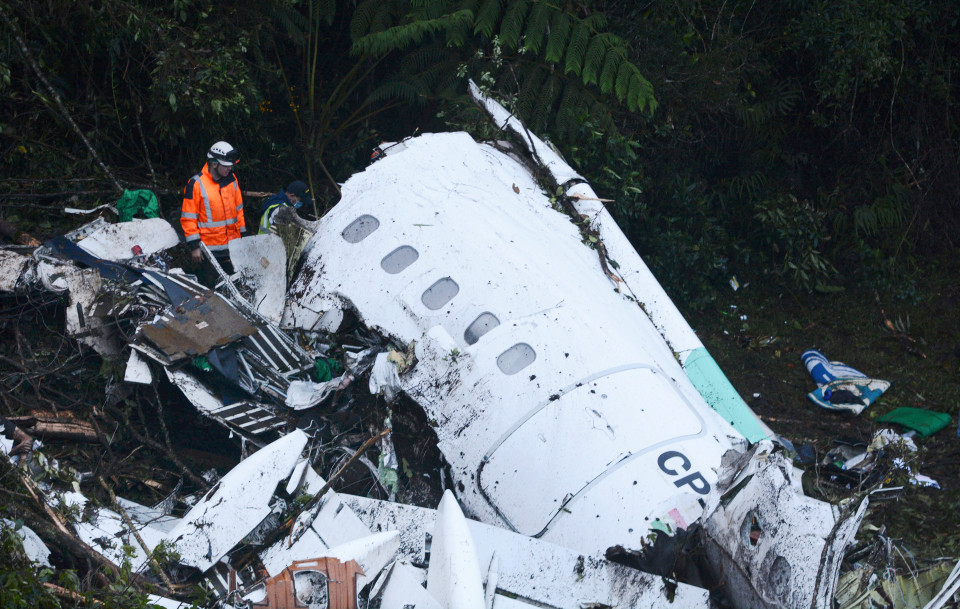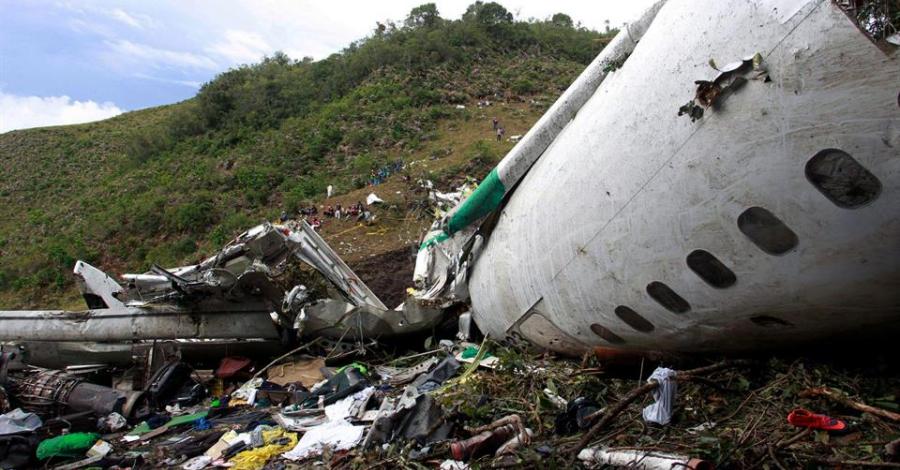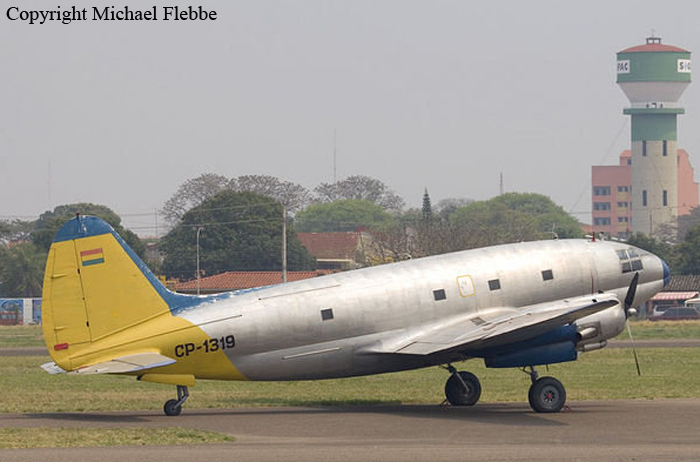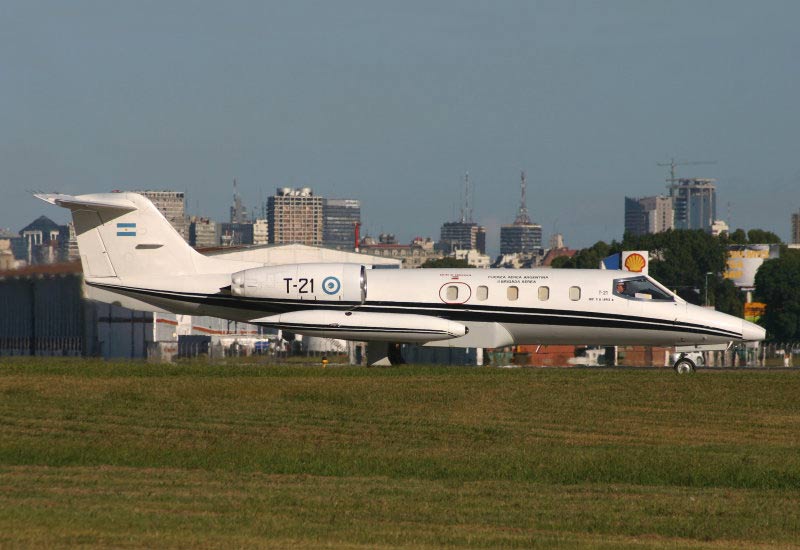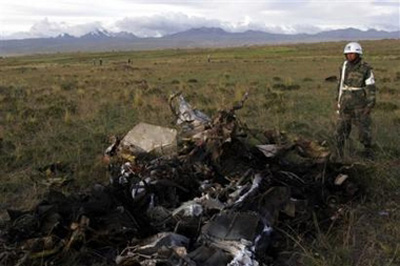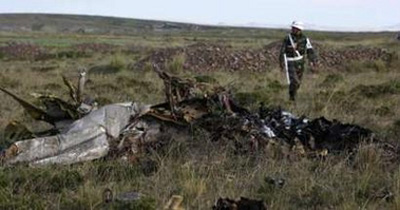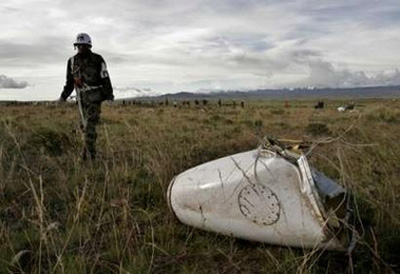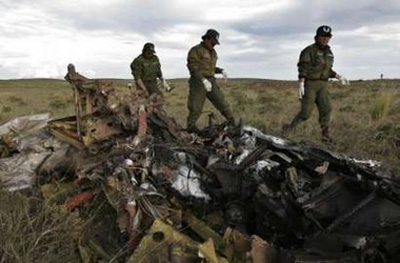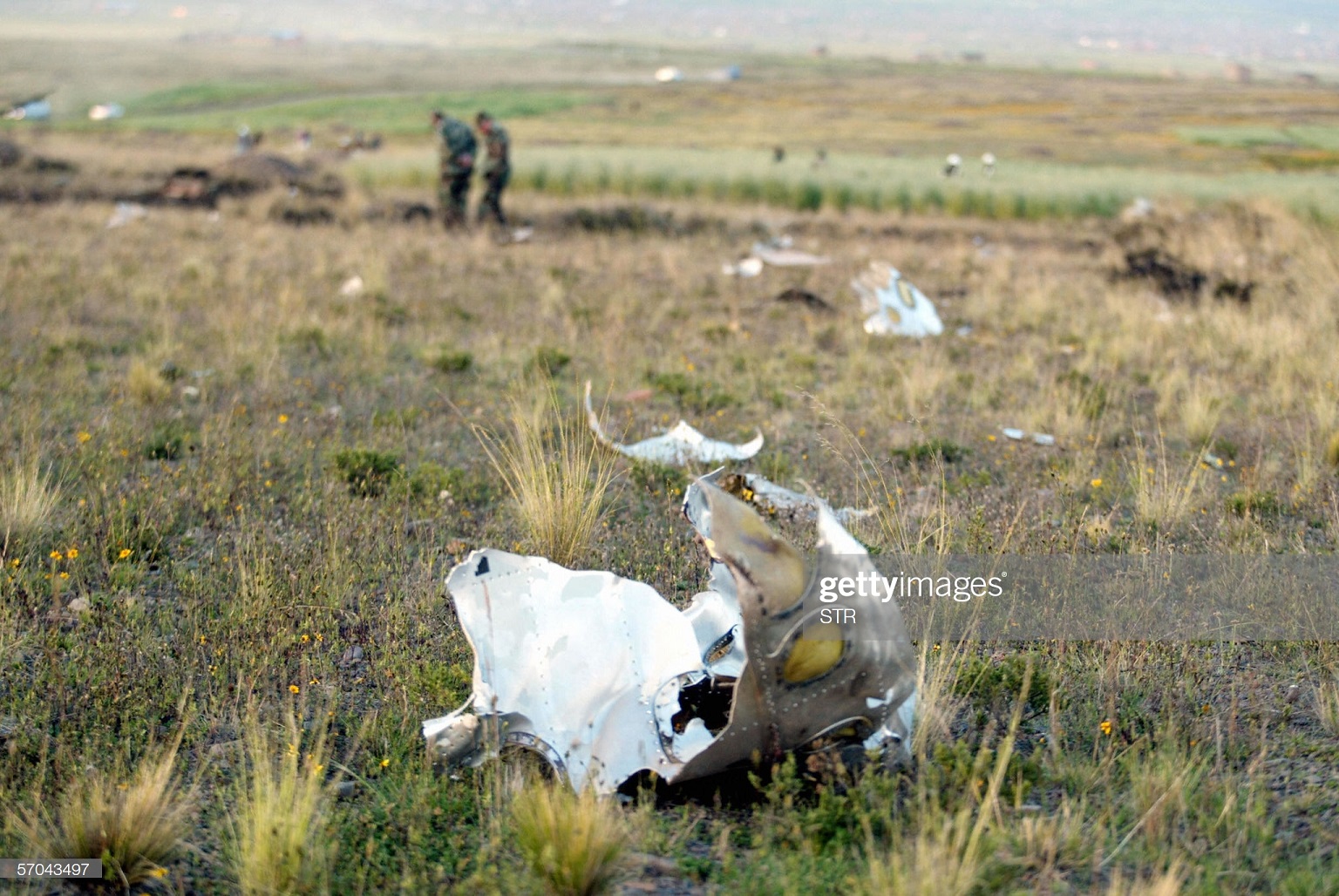Crash of a Cessna 340A in Santa Cruz
Date & Time:
Oct 28, 2018 at 1030 LT
Registration:
N5224J
Survivors:
Yes
Schedule:
Santa Cruz - Manaus
MSN:
340A-1035
YOM:
1980
Crew on board:
1
Crew fatalities:
Pax on board:
1
Pax fatalities:
Other fatalities:
Total fatalities:
0
Circumstances:
The twin engine airplane was engaged in a humanitarian flight from Bolivia to Brazil, carrying one passenger and a pilot. Shortly after takeoff from a little private airstrip located in the suburb of Santa Cruz, the crew was supposed to land at Santa Cruz-Viru Viru International Airport before continuing to Manaus, Brazil. After takeoff, the pilot encountered engine problems (power issue) and decided to return for an emergency landing when the airplane struck trees and belly landed in a grassy area located in Barrio Lindo. Both occupants were uninjured while the aircraft was damaged beyond repair.
